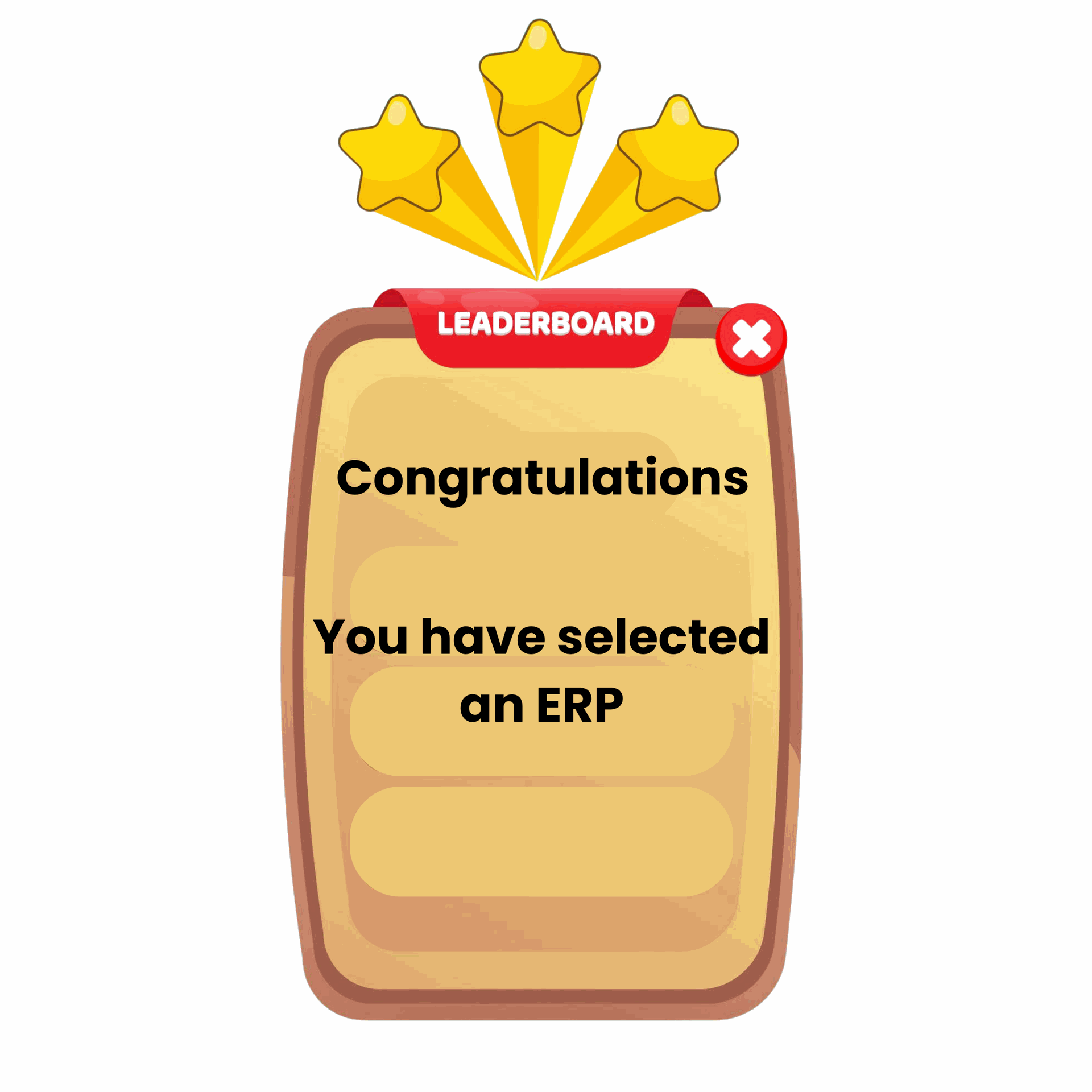Choosing the perfect ERP system can feel confusing with so many choices.
You want to integrate core functions like finance, supply chain, HR, and manufacturing into one smooth-running system.
You want a system that boosts efficiency, grows with your business, and keeps costs under control.
But with so many options out there, how do you find the right fit?
This guide breaks down everything you need to know to make an informed decision.
Selecting The Right ERP
Business Requirements and Goals
Start by understanding what your business truly needs.
- Run a needs assessment
- Look at your core operations
Match these needs with ERP features.
Scalability and Flexibility
Think big picture.
-
Will this system handle your next growth phase?
-
Check if it’s flexible enough to adapt to new processes or markets.
Do you want a ready-to-use solution, or do you plan to customize? Both options have pros and cons, so choose carefully.
User-Friendliness and Adoption
An ERP is only as good as its users will let it be.
-
An intuitive interface helps staff get on board faster.
- Invest in proper training and support to avoid frustration and resistance.
Remember, if employees don’t use it well, all your investment goes to waste.
Cost and Total Cost of Ownership
Initial costs matter, but so do ongoing expenses.
-
Licensing fees
- Maintenance
- Support add up
-
Calculate your total cost over years
A cheaper system cost more in the long run if it lacks functionality.
Implementation Timeline and Support
Time is money.
Check if vendors offer training, support, and post-deployment help.
A strong vendor partnership can make or break your ERP experience.
Integration Capabilities
Your ERP should play nice with existing tools like CRM or payroll systems.
Look for solutions that support API connections and easy data migration.

Now what?
Now you're gonna evaluate the solution.
Do no miss this.
Vendor Reputation and Market Presence
Trust is key.
- Look into how long the vendor has been around and what customers say.
Big names like SAP, Oracle, Microsoft Dynamics, Odoo and NetSuite have solid reputations.
Product Demonstrations and Trials
Request live demos tailored to your industry.
See how the system handles your everyday tasks. If possible, test drive a trial version.
References and Customer Feedback
Don’t just trust marketing claims.
Ask about their experience, issues, and how well the system meets their needs.
Cost and Licensing Models
Decide if a cloud-based subscription or a one-time purchase makes more sense.
Cloud options often reduce upfront costs and ease updates. On-premises might be better if you want full control but can be pricier to maintain.
Choosing the right ERP system involves several important steps — understanding your needs, evaluating vendors, planning implementation, and continuously optimizing.
Remember this golden rule
Aligning your ERP choice with your business goals is key to success.
Your choice today shapes your success tomorrow.
Next, I will share the comparison of different ERP systems based on this checklists.
Stay sharp, stay strategic.
How to Choose the Right ERP System for Your Business